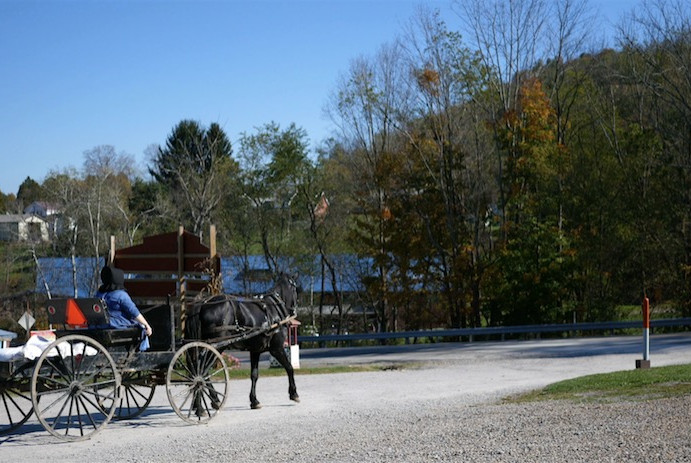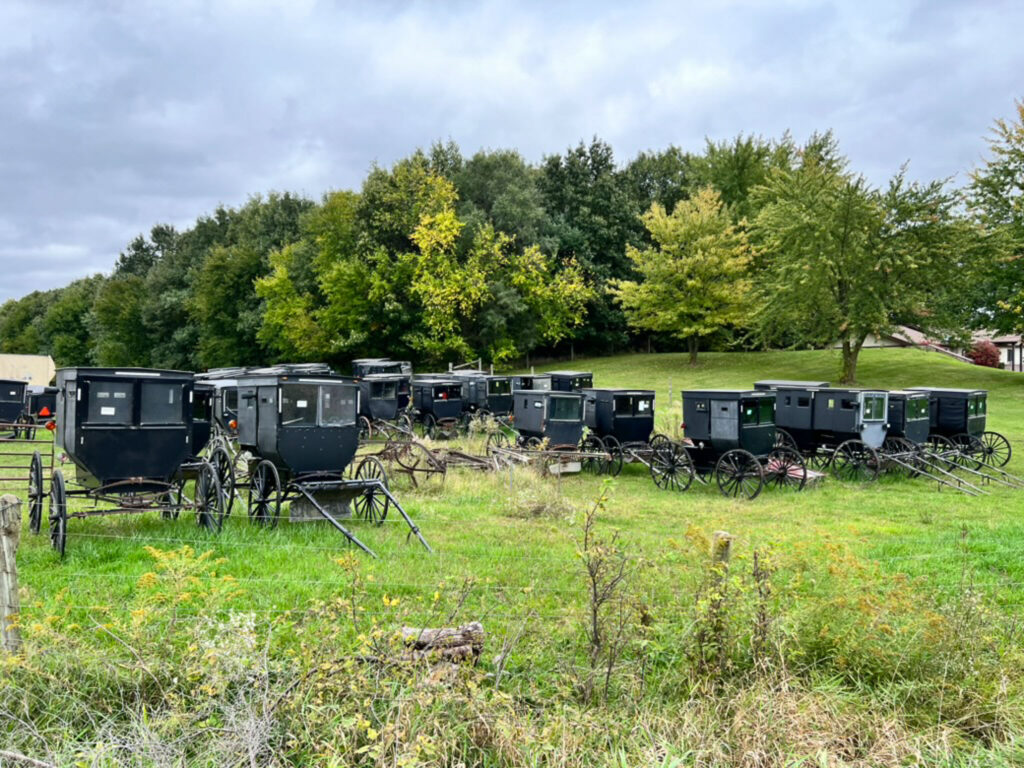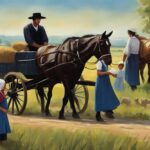Top Amish Migration Stories
The Amish are known for their peaceful way of life, religious devotion, and resistance to modern distractions—but their beginnings were anything but quiet. The story of how they arrived in North America is one of courage, sacrifice, and survival. These top Amish migration stories trace their movement across centuries, from persecution in Europe to building thriving communities in the U.S. and Canada. By exploring these migrations, we gain insight into how the Amish preserved their faith in the face of enormous challenges.
The Flight from Persecution: Early Swiss Roots
The Amish story begins in Switzerland in the late 1600s, during a time of intense religious conflict. As part of the Anabaptist movement, Amish believers faced harsh persecution for rejecting infant baptism, refusing military service, and separating church from state.
Key Events:
- Anabaptists were imprisoned, tortured, or executed by both Catholic and Protestant authorities.
- Amish families fled to the Alsace region of France, the Palatinate in Germany, and even parts of Holland for refuge.
- These early migrations were often done in secrecy, under the cover of night, with few possessions in hand.
What it teaches:
This early migration wasn’t about finding better land—it was about survival and staying true to faith despite the threat of death.
Jacob Ammann’s Division and Scattering
In 1693, Amish leader Jacob Ammann created a divide within the Anabaptist community, forming what would become the Amish church. His followers adhered to stricter rules and shunned those who did not follow the Ordnung, or church discipline.
What Happened:
- The split caused some Amish families to relocate, seeking areas where they could live separately from Mennonites.
- Many settled in rural regions in France and Germany to live quietly and uphold their stricter beliefs.
Why it matters:
This moment solidified the identity of the Amish, making it clear they were not simply a branch of Mennonites but a unique, distinct people of faith.
The Great Migration to Pennsylvania
By the early 1700s, Amish and other Anabaptist groups began arriving in Pennsylvania, invited by William Penn’s promise of religious freedom. It became the most significant migration in Amish history.
Key Facts:
- The first major Amish settlement was established around Lancaster County in the 1720s.
- The fertile land and religious tolerance made Pennsylvania an ideal home.
- Amish families traveled by boat across the Atlantic—long, dangerous journeys that took weeks or even months.
Migration story highlight:
A group of Amish from the Palatinate region braved storms and disease aboard ships like the Charming Nancy and the Friendship, arriving in Philadelphia with little but their faith. Many lost loved ones during the voyage but carried on to establish new lives grounded in religious conviction.
Lesson:
The Amish saw America not just as a land of opportunity but as a sanctuary where they could live without compromising their beliefs.

Ohio and Indiana: The Westward Expansion
As land in Pennsylvania became scarce and expensive, Amish families began migrating westward in the early 1800s. They moved into Ohio, Indiana, and Illinois, where they found affordable farmland and space to grow.
Highlights:
- Holmes County, Ohio became one of the largest Amish communities in the world.
- The flat, rural lands of northern Indiana also attracted large Amish populations.
- These migrations were often done in horse-drawn wagons, requiring weeks of travel through rugged terrain.
Notable story:
One Amish family from Lancaster traveled west in the mid-1800s with a caravan of relatives. They settled in Holmes County, built a log cabin by hand, and planted crops that would sustain generations. Their commitment to the land and to one another formed the heart of a growing Amish population in the region.
What it shows:
The Amish valued land not for wealth, but for independence, simplicity, and faith-centered living.
Crossing the Border: Migration to Canada
During the American Revolution and War of 1812, some Amish families moved to Ontario, Canada to avoid military involvement and political conflict.
Key Details:
- Led by leaders like Samuel Betzner, families traveled north by wagon and raft.
- Settlements formed near Waterloo and Kitchener, which remain Amish centers today.
- Canada offered religious freedom and exemption from military service.
Migration tale:
The Betzner family, traveling with their children and a few belongings, crossed rivers and wilderness to reach Ontario. They built a homestead with help from both Mennonites and native peoples, showing the Amish spirit of cooperation and survival.
Meaning:
Migration to Canada reinforced the Amish commitment to nonviolence and religious neutrality, even if it meant starting over in a new country.
Modern-Day Movements and New Settlements
Even in the 20th and 21st centuries, the Amish continue to migrate—though for different reasons. As population grows and land becomes scarce, new Amish communities are forming in Kentucky, Missouri, Montana, and even Mexico.
Why They Move:
- To find cheaper farmland
- To avoid overcrowding in older settlements
- To maintain separation from modern society
Example:
An Amish group in Ohio moved to Missouri in the 1990s. They purchased farmland at half the cost, built their homes and barns, and began a new life while keeping their Ordnung intact. The entire district moved together, maintaining unity and faith.
Takeaway:
Even today, Amish migration is about preserving their way of life, not just seeking economic gain.
Final Thoughts
The top Amish migration stories reveal a powerful truth: the Amish didn’t simply move—they sacrificed, endured, and thrived to keep their faith alive. Whether fleeing persecution in Europe or seeking farmland in the Midwest, every step they took was guided by belief, community, and resilience.
Exploring these stories helps us understand why the Amish remain so rooted in tradition. Their migrations weren’t just about geography—they were acts of spiritual conviction. Through stormy seas, unknown lands, and generational change, the Amish have remained true to their path, showing us the strength that comes from living a life of purpose.



